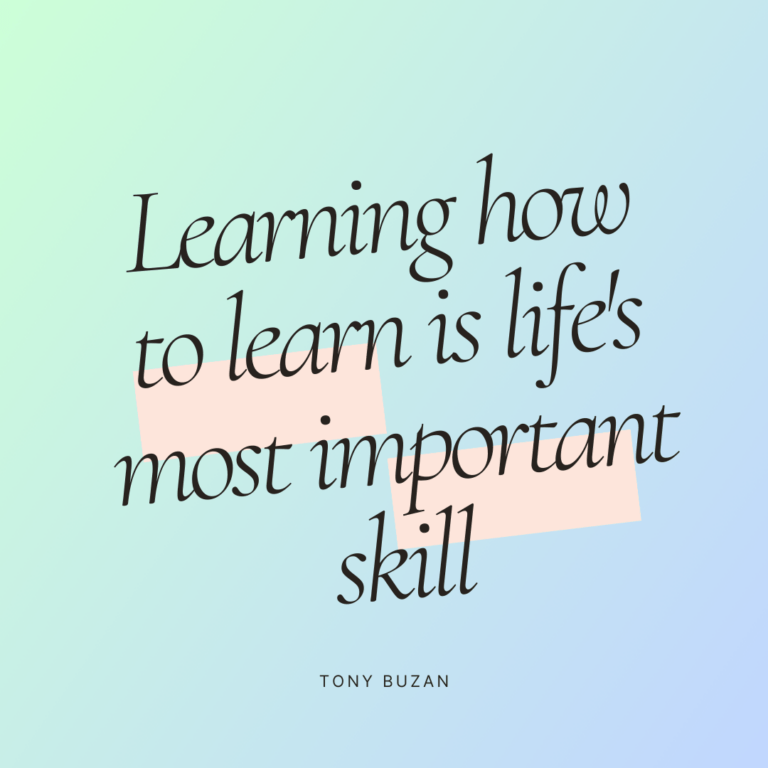Revolutionizing Corporate Training: Top 5 Benefits of Instructional Storytelling in Corporate Training

Corporate training is an essential aspect of business operations that is often overlooked by companies. It is a vital tool for upskilling and reskilling employees, improving productivity, and ensuring compliance with regulations.
However, many corporate training programs fail to engage employees, leading to low retention rates and ineffective learning outcomes.
To address this problem, instructional storytelling has emerged as a powerful technique for improving the effectiveness of corporate training.
In this blog post, we will explore the benefits of instructional storytelling in corporate training, best practices for implementing it, examples of successful applications, and common challenges and how to overcome them.
Best Practices for Implementing Instructional Storytelling in Corporate Training
While instructional storytelling has numerous benefits, it is essential to use it correctly to achieve the desired outcomes.
Here are some best practices for implementing instructional storytelling in corporate training:
Identify the Learning Objectives
Before using instructional storytelling, it is important to identify the learning objectives of the training program. The learning objectives should be specific, measurable, achievable, relevant, and time-bound (SMART).
This will help trainers select the appropriate stories that align with the learning objectives and ensure that learners gain the required knowledge and skills.
Choose the Right Storytelling Techniques
There are various storytelling techniques that trainers can use in corporate training, such as personal narratives, case studies, analogies, and metaphors.
The choice of storytelling technique depends on the learning objectives, the target audience, and the context of the training program. It is essential to select a storytelling technique that is relatable, engaging, and relevant to the learners.
This, combined with customer segmentation techniques, can help create personalized and effective training programs. Such programs have a higher chance of resonating with employees and achieving the desired learning outcomes.
Use Authentic and Relevant Stories
The stories used in instructional storytelling should be authentic, relevant, and relatable to the learners. Authentic stories are more memorable, and they have a greater impact on the learners.
Trainers can use real-life examples or stories from employees to create a more authentic learning experience.
Relevant stories should be related to the learners’ work or industry to make the training more meaningful and applicable to their jobs.
Engage the Audience
Engagement is a critical aspect of instructional storytelling. Trainers should create an engaging learning experience that captures the learners’ attention and keeps them interested.
Trainers can use interactive techniques such as group discussions, role-playing, and simulations to involve learners actively in the learning process.
Encourage Interaction and Collaboration
Instructional storytelling can also promote interaction and collaboration among learners. Trainers can use stories as a starting point for discussions and encourage learners to share their perspectives and experiences.
This can create a sense of community and foster a culture of continuous learning and improvement.
Examples of Successful Instructional Storytelling in Corporate Training
Instructional storytelling has been successfully used in various areas of corporate training, including sales training, diversity and inclusion training, leadership development training, customer service training, and safety training.
Here are some examples of successful applications:
Sales Training
Sales training often involves teaching complex concepts and skills, such as the sales process, product knowledge, and customer relationship management.
Instructional storytelling can help sales teams understand these concepts and skills by using real-life examples and case studies.
For example, a trainer could use a story of a successful sales pitch to illustrate the importance of product knowledge, effective communication, and customer needs.
Diversity and Inclusion Training
Diversity and inclusion training is essential for creating a diverse and inclusive workplace culture.
Instructional storytelling can help learners understand the challenges faced by people from diverse backgrounds and the importance of creating a welcoming and inclusive environment.
Trainers can use stories that demonstrate the negative effects of discrimination and bias and highlight the benefits of a diverse and inclusive workplace.
Leadership Development Training
Leadership development training aims to develop leadership skills such as communication, delegation, and conflict resolution.
Instructional storytelling can help learners understand these skills by using stories that illustrate effective leadership behaviors.
For example, a trainer could use a story of a successful leader who resolved a conflict by using effective communication and negotiation skills.
Customer Service Training
Customer service training focuses on teaching employees how to provide excellent customer service.
Instructional storytelling can help employees understand the importance of customer satisfaction and how to handle difficult situations.
Trainers can use stories of successful customer service interactions and stories that illustrate the negative consequences of poor customer service.
Safety Training
Safety training is essential for preventing accidents and injuries in the workplace. Instructional storytelling can help learners understand the importance of safety protocols and how to follow them.
Trainers can use stories of accidents and near misses to illustrate the consequences of not following safety protocols.
Common Challenges and How to Overcome Them
While instructional storytelling has numerous benefits, there are some common challenges that trainers may face when implementing it in corporate training. Here are some of these challenges and how to overcome them:
Limited Resources
Trainers may face limited resources such as time, budget, and access to technology. To overcome this challenge, trainers can prioritize the learning objectives and select the most effective storytelling techniques that fit within the available resources.
Time Constraints
Trainers may also face time constraints when delivering corporate training programs. To overcome this challenge, trainers can use shorter stories that are still effective in conveying the necessary information.
They can also use digital tools such as videos and podcasts to deliver stories in a more efficient and accessible way.
Resistance to Change
Some learners may resist the use of instructional storytelling in corporate training, preferring more traditional training methods.
To overcome this challenge, trainers can explain the benefits of instructional storytelling and demonstrate how it can improve their learning experience and job performance.
Lack of Storytelling Skills
Trainers may also face the challenge of lacking storytelling skills or not feeling confident in their storytelling abilities.
To overcome this challenge, trainers can attend storytelling workshops, read books on storytelling, or seek the help of professional storytellers.
They can also practice telling stories with colleagues or friends to gain more confidence in their abilities.
Benefits of Instructional Storytelling in Corporate Training
Instructional storytelling is an approach to teaching that uses narratives to convey knowledge, skills, and values. It involves creating a story that illustrates a particular concept, idea, or behavior and using it as a teaching tool.
Here are some of the benefits of using instructional storytelling in corporate training:
1) Increased Engagement and Retention
One of the primary benefits of instructional storytelling is increased engagement and retention. Stories are a natural way of learning and remembering information.
They stimulate the brain and activate multiple regions, including the visual cortex, auditory cortex, and language areas. This makes it easier for learners to remember information and make connections between different concepts.
Related post: Top 5 Instructional Design Jobs You Should Know
2) Effective Communication
Instructional storytelling is an effective communication tool that enables trainers to convey complex ideas and concepts in a simple and relatable way.
Stories can break down barriers and create a common ground for communication, even in a diverse workforce. They can help employees understand the relevance and significance of their work and how it fits into the bigger picture.
3) Personal Connection and Emotional Appeal
Stories have the power to connect with people on a personal and emotional level. They can evoke empathy, inspire motivation, and create a sense of belonging.
By using stories in corporate training, trainers can create a safe and supportive environment that fosters collaboration and creativity.
4) Enhanced Creativity and Innovation
Instructional storytelling can stimulate creativity and innovation by encouraging employees to think outside the box.
Stories can inspire new ideas and perspectives, challenge assumptions, and promote problem-solving skills. This can lead to new products, services, and processes that improve business outcomes.
5) Improved Problem-Solving Skills
Stories can be used to illustrate complex problems and demonstrate effective problem-solving strategies. They can provide a context for understanding the challenges employees face in their work and how to overcome them.
By using stories in corporate training, trainers can help employees develop critical thinking and problem-solving skills that are essential for success in the workplace.
Conclusion
Instructional storytelling is a powerful tool for corporate training that can help engage learners, promote interaction and collaboration, and enhance the effectiveness of training programs.
Trainers can use storytelling techniques to create an authentic and memorable learning experience that relates to the learners’ work and industry.
Successful applications of instructional storytelling in corporate training include sales training, diversity and inclusion training, leadership development training, customer service training, and safety training.
While there are some challenges to implementing instructional storytelling, trainers can overcome them by prioritizing learning objectives, using shorter stories, explaining the benefits of storytelling, and seeking help from professional storytellers.
By incorporating instructional storytelling into their training programs, trainers can revolutionize corporate training and create a culture of continuous learning and improvement.






